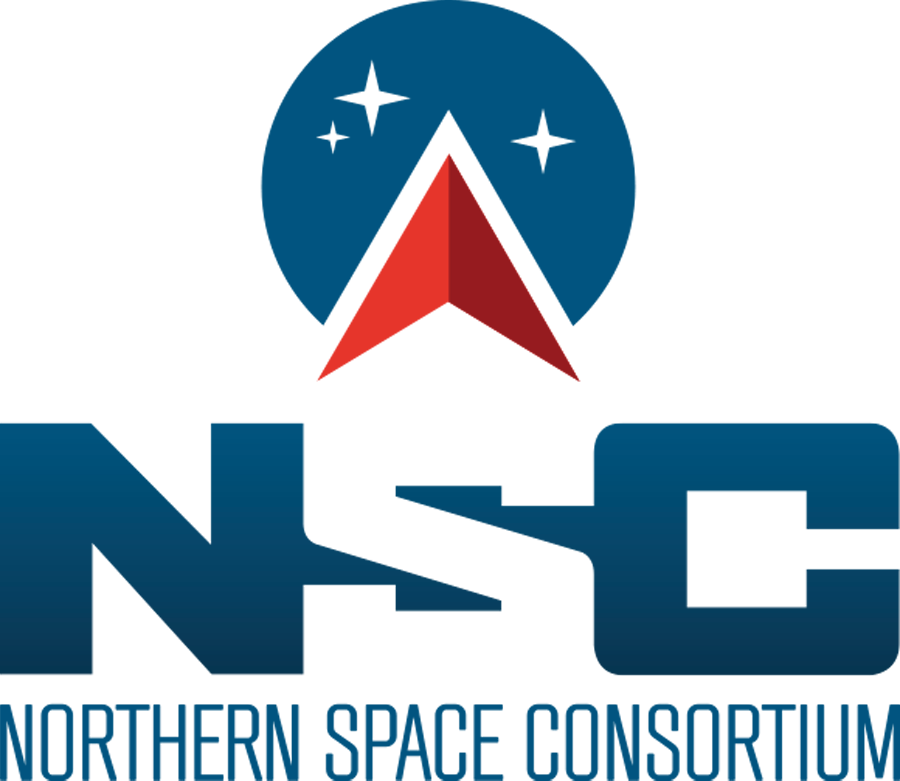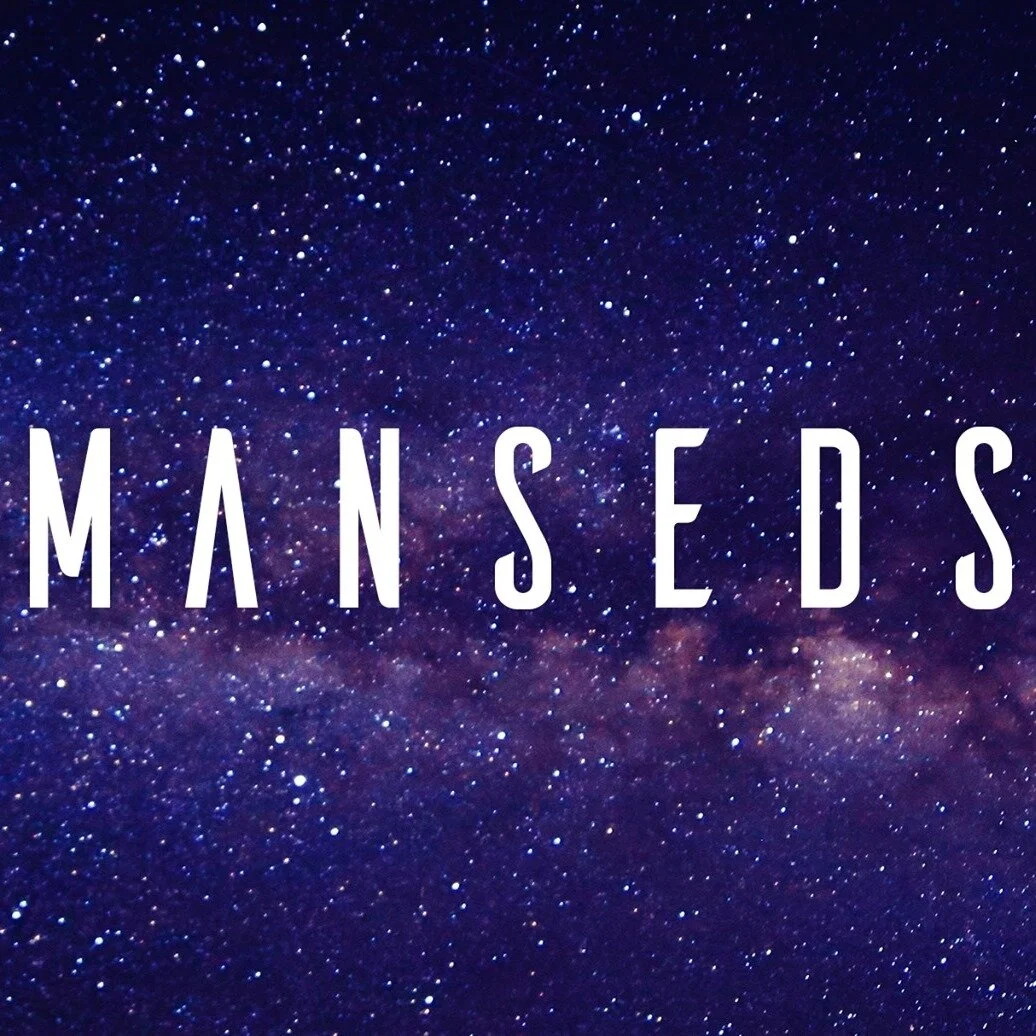As a result of the effect of the pandemic on student’s activities this year’s Manchester Students for the Exploration and Development of Space (ManSEDS) Innovation in Space Festival on the 8th April was a virtual event consisting of a full day of presentations from industry professionals. The Agenda had been drawn up by the ManSEDS organising committee specifically Adam Goodchild, President and Chee Fong Ting, Event Officer with the help of The Northern Space Consortium. The Festival was opened and chaired by Adam Goodchild.
Bob Morris, Northern Space Consortium, described just how the Space Industry had grown in spite of the pandemic with so many exciting new missions to Mars, continuing missions to the Moon, multiple satellites being launched together as part of the ongoing building of constellations, sample recovery from asteroids, Crew Dragon and, of relevance to UK launch plans, the success of Virgin’s Launcher One. The structure and scope of the UK Space Industry was described along with some of the exciting projects that the students could be working on in the future. Finally, ways of getting started in the industry were covered and how to get relevant experience by being part of groups like SEDS and joining societies such as the British Interplanetary Society.
The next presentation was by Xavier Geneste a senior spacecraft engineer at the European Space Agency. Xavier has worked in the space industry for well over twenty years starting in France then the UK and now at ESTEC in Holland. His expertise includes hydrogen and heat storage systems for spacecraft as well as batteries and fuel cells. Xavier talked about the technology and all the different subsystems from power through to communications that make up every type of spacecraft from small to large.
This was followed by Gary Bamford of local company Arnmore. Gary described how space science had been applied to the problem of bridge monitoring. The Sonic Analysis of Infrastructures (SAIN) system uses the same techniques developed to study the sun and spacecraft technology had helped in the build of the equipment. Richard Bamford, Gary’s son, was a co-founder of Fossa Systems and their skills were utilised to build the SAIN system.
Fossa Systems was formed in 2018 by Richard and Julian Fenandez, to develop open source satellite systems and to enable worldwide IoT connectivity. A short film was shown where Julian described the history of Fossa Systems, the launch of their first satellite FossaSat-1, a PocketQube, in 2019 and the ongoing development of larger spacecraft.
After lunch, Alistair Scott, British Interplanetary Society past President, gave a history of the Society and the role it has had and continues to have in the space industry. The Society facilities and all the events and conferences in the UK and overseas that the Society organises and attends were described as well as the support it provides for students and UKSEDS. Of particular relevance was the launch of the NextGen Network that was happening the very next evening and the ‘Beyond the Moon’ conference happening on the following Monday. Alistair also reminded everyone that was planning an event as part of World Space Week (4th to 10th October) to register it with the BIS.
Edward Jamieson of Nanoavionics told how the company had grown from being founded in Vilnius in 2012 to a company with 100 staff and offices in Lithuania, the USA and Basingstoke in the UK. They currently have the capacity to build 40-50 spacecraft buses per year and are working towards being a Newspace prime.
Edward talked about some of the spacecraft already built and those in development as well as describing the roles of the staff employed in the UK. He also provided an insight into the culture of this new and young company.
This was followed by Rob Adlard of Raptor Aerospace. Raptor are based in Norfolk and Rob described the Peregrine, Raptor’s suborbital launcher. This has been developed to satisfy the need for rapid access to micro gravity for all sorts of missions that is currently lacking. Peregrine builds on the vast experience within Raptor Aerospace of many years of building and launching small rockets.
Rob then described the status of the prospective spaceports in Cornwall, Wales and Scotland as well as the potential for sea launches. He also talked about the new UK launch regulatory requirements and their difference to those in the USA. In addition to this there was the competition from existing spaceports in Europe and the growing list of new launchers being developed there.
The last presentation of the day was by George Kersey of RAL who talked about his experience as part of the CranSEDS team that participated in the ESA ‘Drop your Thesis’ project. The aim of the project was to better understand the behaviour of objects such as cubesats when they landed on asteroids viz how high they would bounce on landing.
George explained how they performed the tests using the 140 metre tall Zarm drop-tower in Bremen over a two week campaign in 2018. In order to generate realistic results they had to find a way to generate a near vacuum within the tower and also produce a simulated asteroid regolith. Even ensuring that the landing and subsequence bounces could be filmed was not as straightforward as was first thought.
Finally the guest speakers participated in a panel session chaired by Adam Goodchild. There were several questions about individual presentations such as what is the limiting factor on a satellite’s life, possible reasons for the unexplained actions of cubesat movements in micro gravity etc. However the topic of space debris created such a lot of discussion that it led to the panel session running over it’s original schedule. Another very successful event.
ManSEDS is one of the largest SEDS Groups in the country and has previously won National and International competitions and The NSC is keen to see such groups established in all of our region’s universities. For more information on SEDS see www.ukseds.org or contact bob.morris@thensc-uk.com

